Skin Microbiome
Our skin is home to a vast array of microbes, and together they make up our skin microbiome.
Many people typically only think of their skin as it relates to beauty — but our skin’s health is essential to our overall health. After all, it serves as the interface with the outside world. Our skin is our frontline of defense against injury or potential pathogens, and our skin microbiome is the cavalry protecting the frontline.
What’s A Microbiome?
The skin microbiome, or skin flora, is the term used for the trillions of bacteria, fungi, protozoa, and viruses – that live on our skin. There are 1,000 different bacteria species and almost 80 different types of fungi species. Some of these species even reside in your gut flora.
The microbiome changes depending on the location on your body or “eco-niche.” Each species has a preference for the amount of light they can be exposed to and whether the skin is dry, oily, moist, or hairy – so every “eco-niche” has distinct communities of microbes. Also, depending on if you are older or younger, and depending on your gender, certain microbiome species may prefer to live on your skin. For example, a sweaty adolescent male verse an older postmenopausal female will have very different microbiomes.
How does skin microbiome play a role in our health?
The human digestive tract contains a delicate balance of microorganisms called the gut microbiome. The balance of gut microbiomes includes friendly bacteria that help regulate harmful bacteria, parasites, or an overgrowth of candida.
Besides the obvious health implications, body microbiome health matters. This is because a healthy and balanced microbiome will directly impact how your skin looks. Simply put, “as we age, toxins, stress, infections, poor dietary choices, and certain medications can negatively affect the gut microbiome.”
1. Influence Immune System
Skin microbiome was once thought to only exist on the skin’s surface and not deep into the dermal layers. Later, it was discovered that these microbes could move into the dermis and into subcutaneous fat. Meaning, the skin microbiome can influence and impact our immune systems through contact in these dermal layers. Depending on good microbes’ health, it will affect (negatively or positively) your immune system’s response to pathogens.
2. Protect Against Infection
Healthy good skin microbiomes and gut microbiomes can protect you against infection. This is because when good microbes flourish, they can crowd out the pathogenic (bad) species.
Prebiotics are one way to promote the growth and activity of beneficial microbes. Prebiotics are ‘good’ bacteria promoters – like foods, fiber, and herbs. Examples of prebiotics include chicory root, Konjac root, dandelion greens, garlic, leeks, onions, oats, barley, and apples. In case of skin or digestive infections, a prebiotic and probiotic combination is a beneficial addition to your physician’s prescribed treatment plan.
Another way to protect against infection is by balancing the skin’s pH. Our skin prefers a relatively acidic environment – a pH around 5.0. This slightly acidic environment provides the perfect environment to inhibit pathogenic (harmful) species. Using skin care products that offer an ideal pH balance can help fortify a healthy microbiome to protect against infections and skin breakouts.
3. Reduce Inflammation
When the body’s microbiome is not balanced, the immune system will respond by releasing agents to balance the system. Unfortunately, the antimicrobial peptide agents the immune system releases cause inflammation and may weaken the skin microbiome and the barrier protection it provides the skin. Also, many other health issues are associated with inflammation.
On the other hand, good gut and skin microbiome have the opposite effect. A good microbiome inhibits the release of inflammatory compounds from the immune system. Increasing your intake of both prebiotic and probiotic foods can support a healthy immune system to decrease the inflammatory response.
4. Protection From The Environmental
The microbiome can protect our body from the outside environment. Both these organ systems are responsible for creating a protective barrier against the external environment. Each has its unique mechanisms for interacting with the immune system and working to protect against outside pathogens. In their way, both the skin and gut microbiome can minimize oxidative damage and exposure to allergens and aid in wound healing to repair damaged barrier functions. If we lose beneficial microbes, then we lose their protection.
HOW TO ENHANCE YOUR MICROBIOME
- Eat prebiotic foods such as flaxseed, chicory root, Konjac root, dandelion greens, garlic, apples, leeks, onions, oats, and barley.
- Eat probiotic foods like kimchi, sauerkraut, pickled produce, yogurt, and kefir.
- Take a high-quality probiotic supplement daily
- Cut back on excess carbohydrates and sugars
- Balance your skin’s pH with natural skincare products formulated with an ideal pH.
- Use pure, natural Argan oil to regulate the skin’s acid mantle and impart luminosity, softness, and moisture to your skin.
“There is no magic bullet when it comes to restoring and maintaining a healthy gut and skin microbiome. The good news is that with a few simple changes to your lifestyle you can change you can achieve better health and gorgeous, glowing skin.”
Would you like to learn more about the importance of gut and skin microbiomes? Then take a moment to watch three of my favorite, very insightful microbiome interviews on The Spa Dr. podcast:
- The Microbiome Solution with Naveen Jain
- Healthy Skin and The Skin Microbiome with Dr. Trevor Cates
- Addressing the Gut Biome with Christa Orecchio
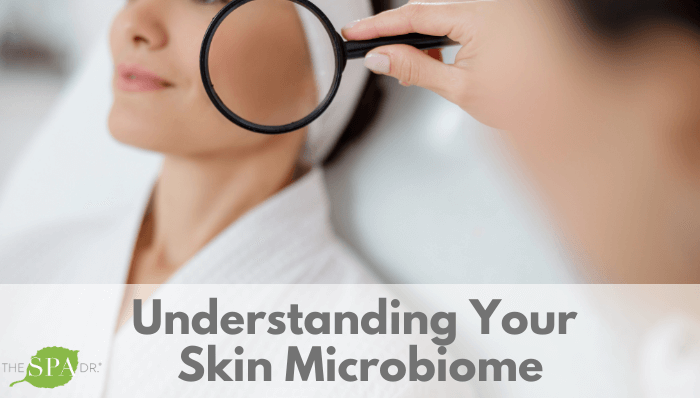
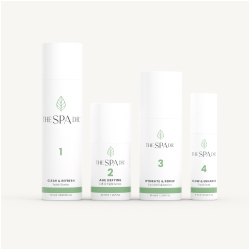
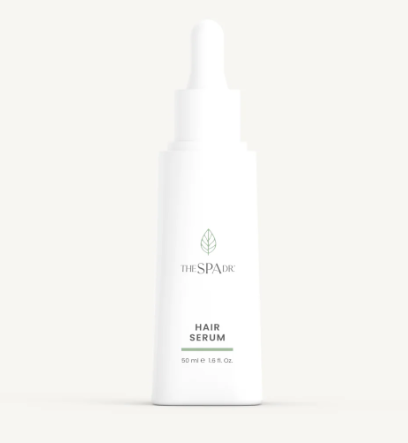
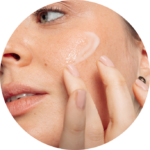

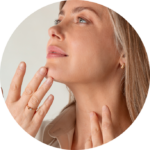


Reader Interactions